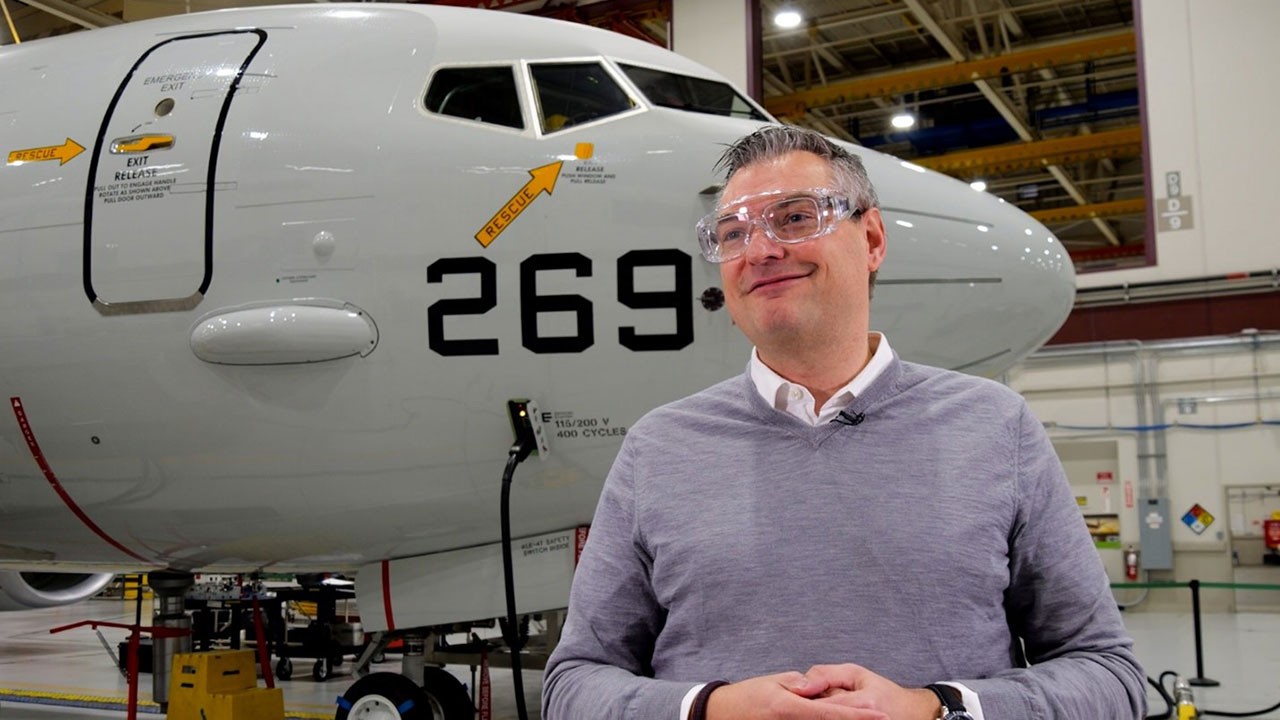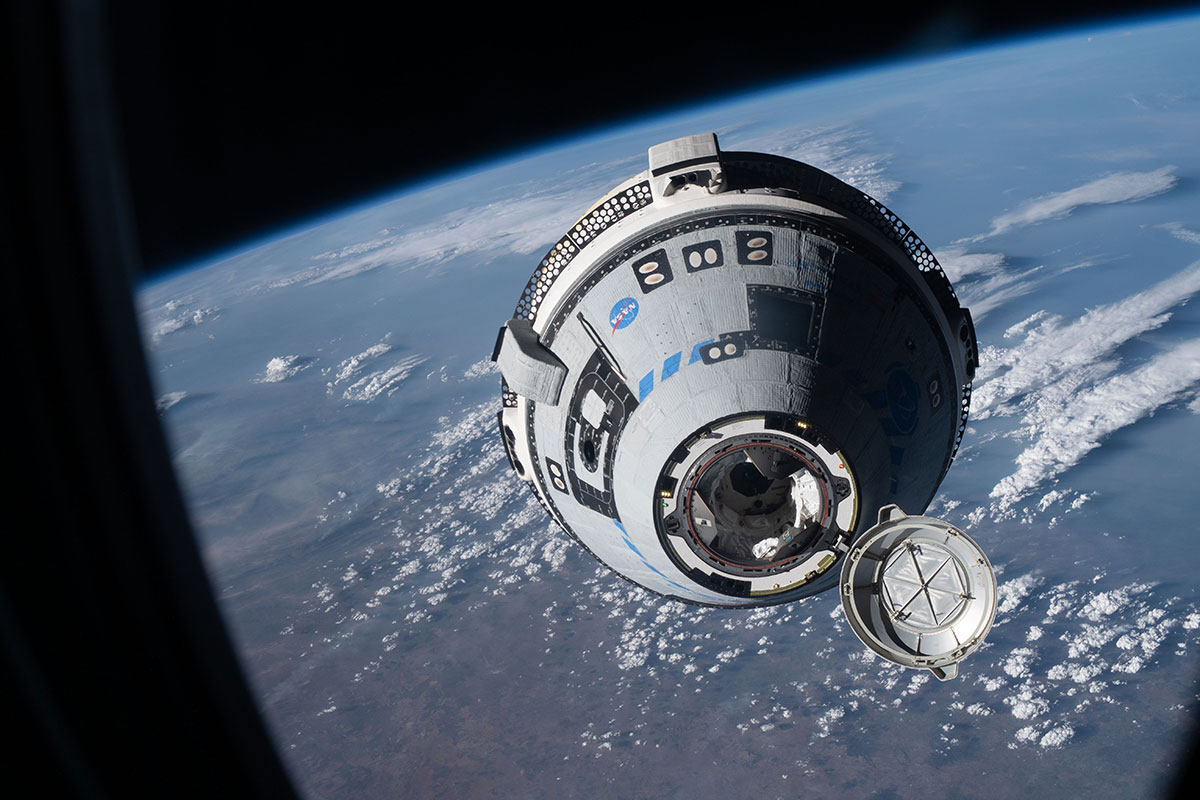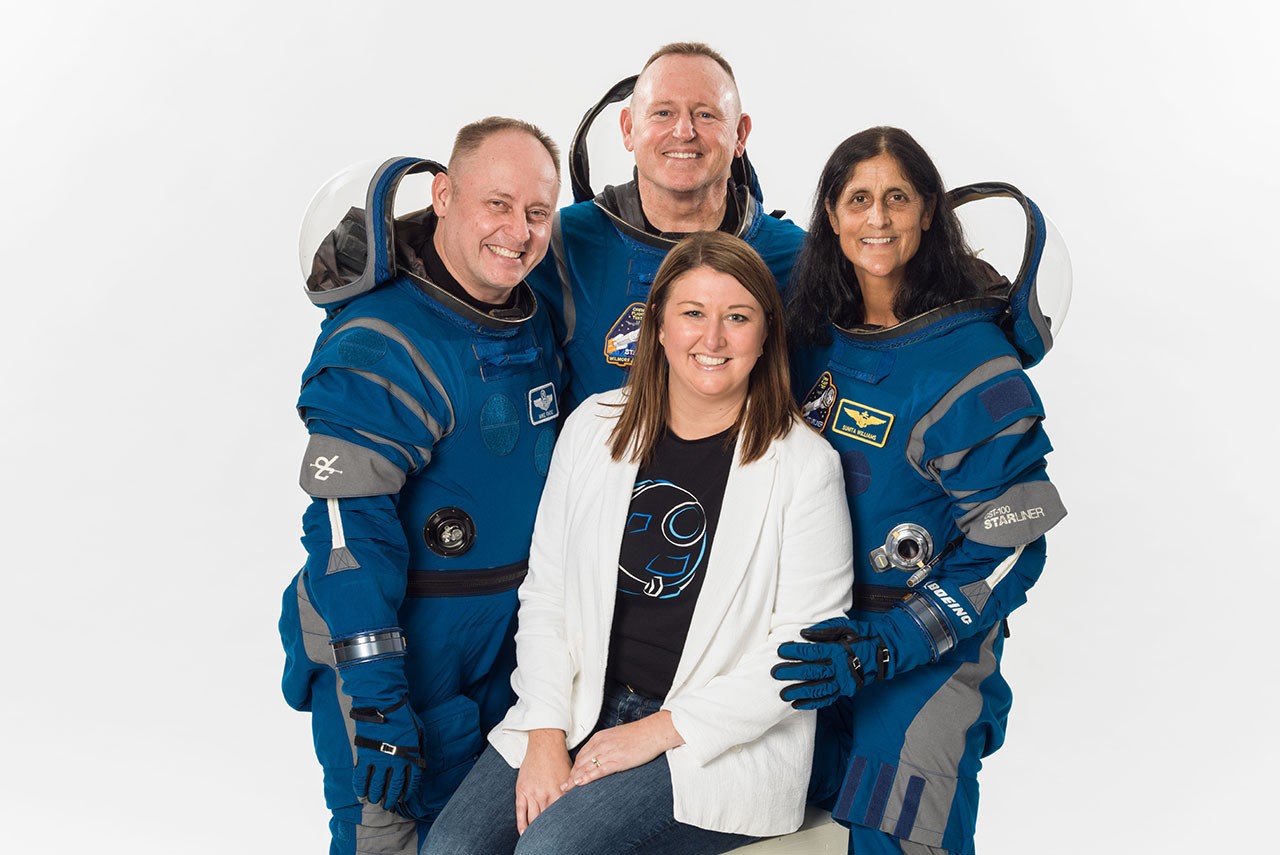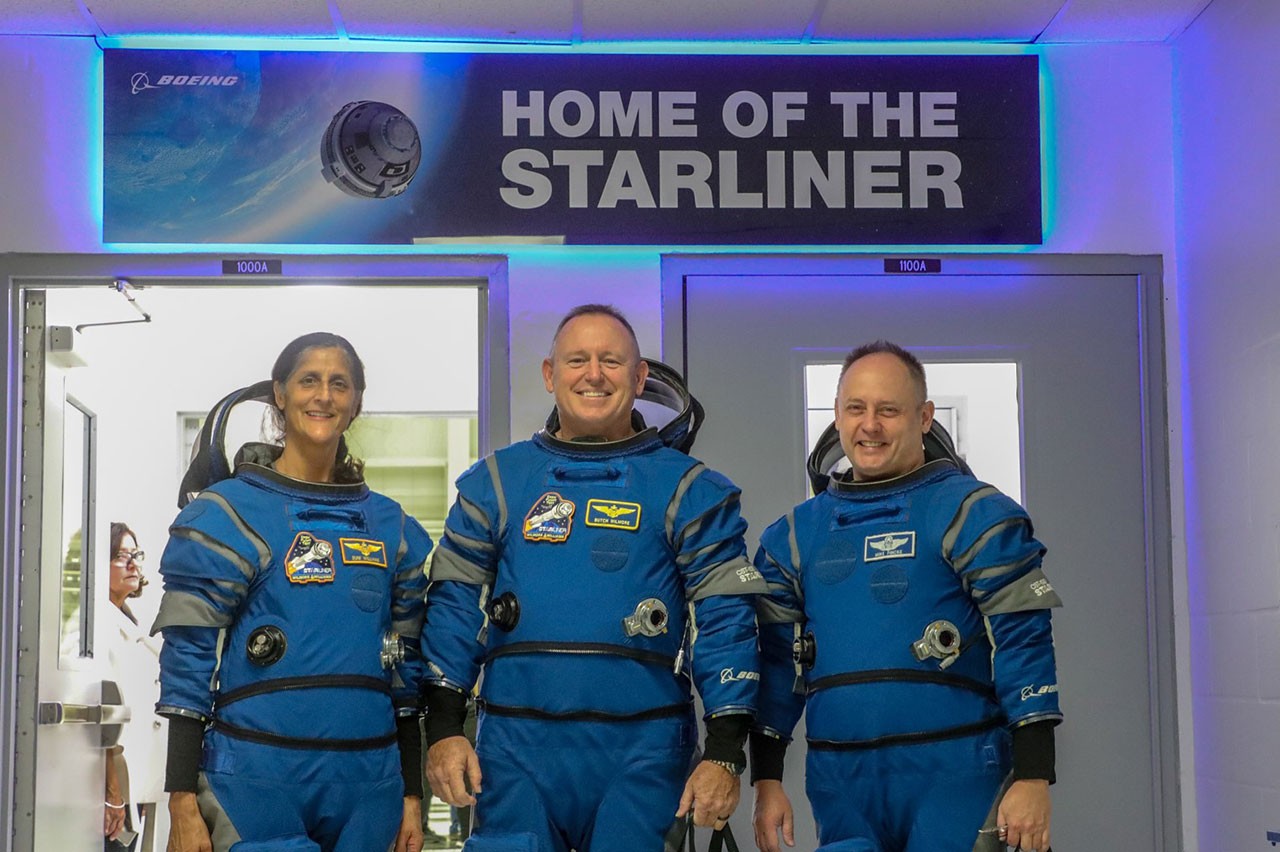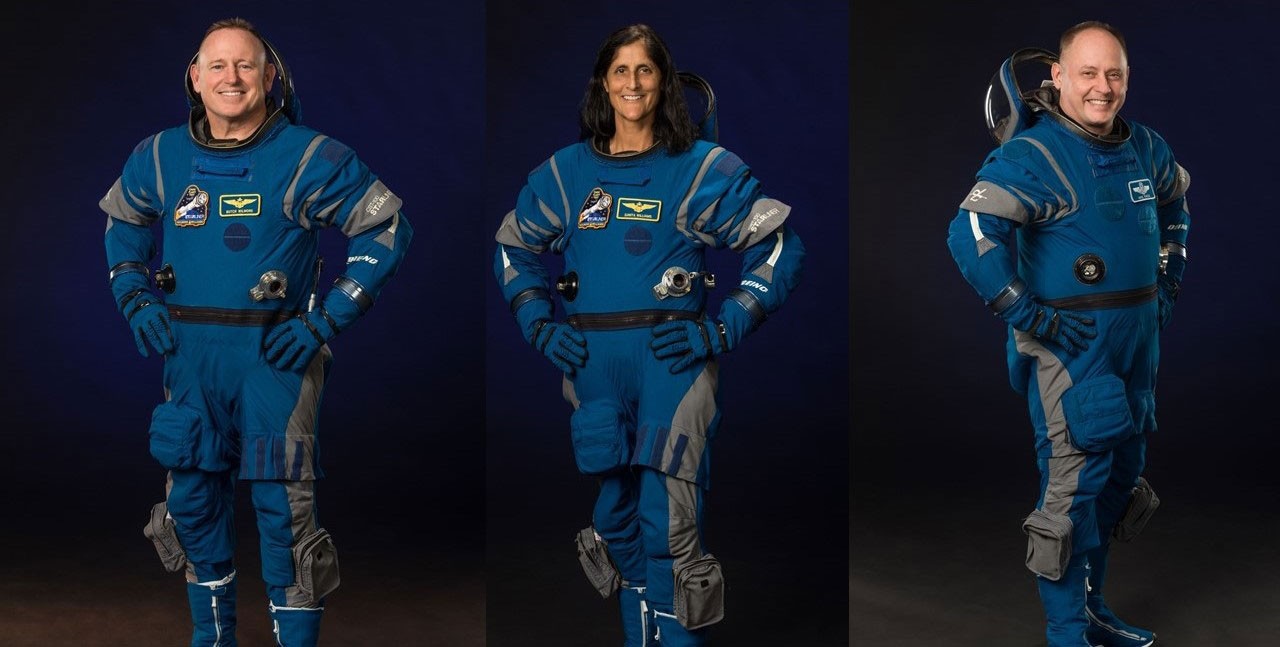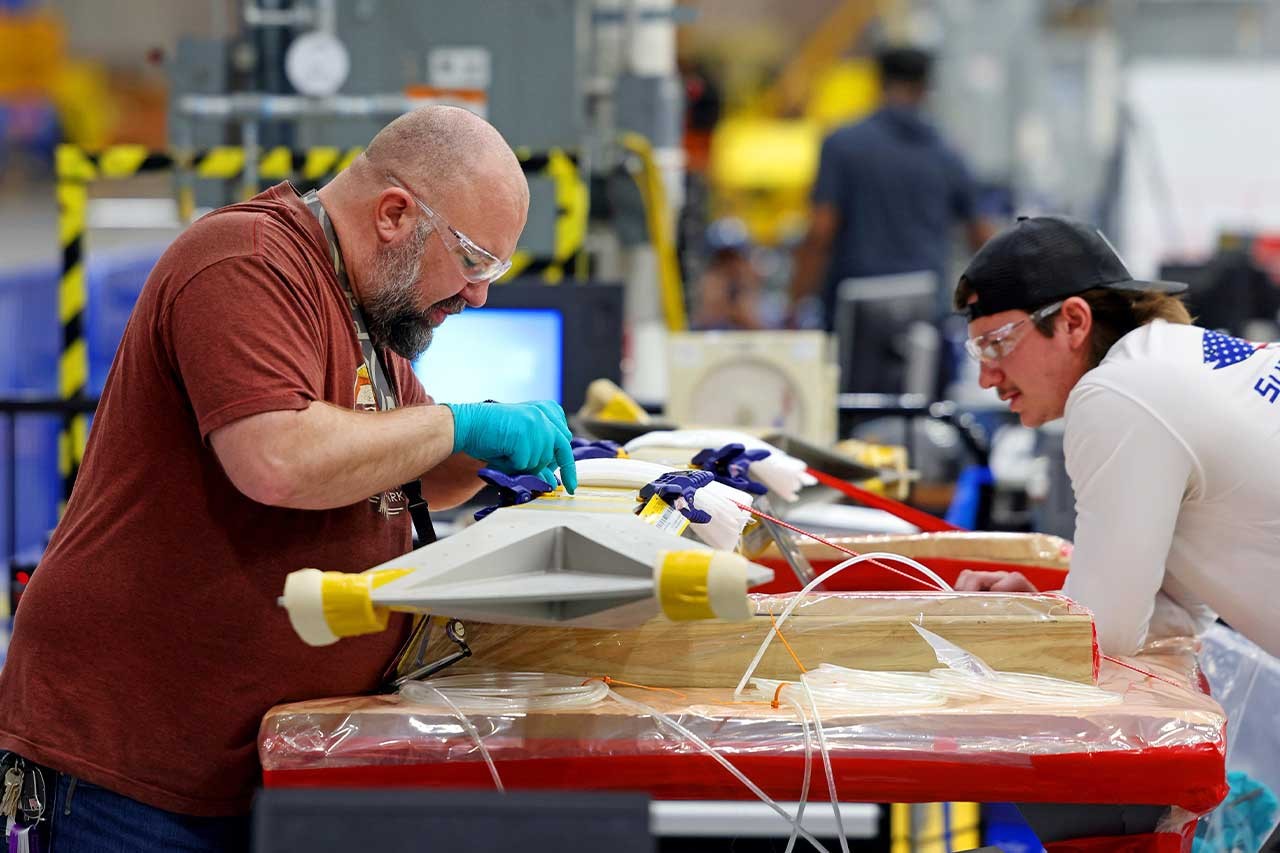Launching the Exploration Upper Stage into production
A new production area opens for the new upper stage that will send Artemis crew and cargo into deep space.
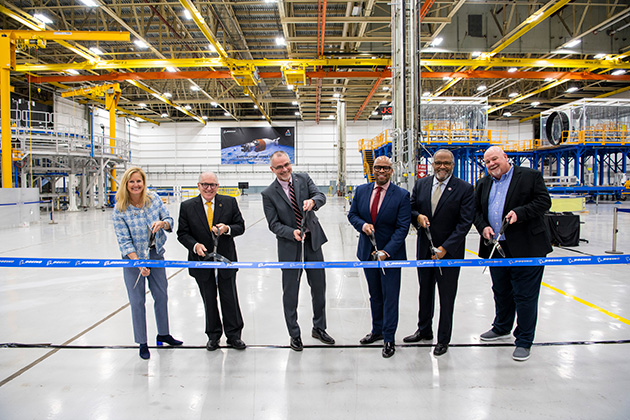 Boeing and NASA leaders cut the ceremonial ribbon for the new Exploration Upper Stage Gray Box Area at NASA's Michoud Assembly Facility in New Orleans, Louisiana. Boeing/Liz Morrell photo
Boeing and NASA leaders cut the ceremonial ribbon for the new Exploration Upper Stage Gray Box Area at NASA's Michoud Assembly Facility in New Orleans, Louisiana. Boeing/Liz Morrell photo
The journey back to deep space began with the Artemis I launch in November 2022. To power future Artemis missions to the moon and beyond, a new component is needed; and with that, its own production area.
On Monday, Boeing leaders, alongside NASA and elected officials, gathered at NASA’s Michoud Assembly Facility in New Orleans to mark the opening of the newest part of the facility: the Exploration Upper Stage, or EUS, Gray Box Assembly Area. The EUS Gray Box Area contains all of the necessary tooling to produce the more powerful upper stage, which will serve as the cornerstone of the Space Launch System Block 1B configuration for Artemis IV.
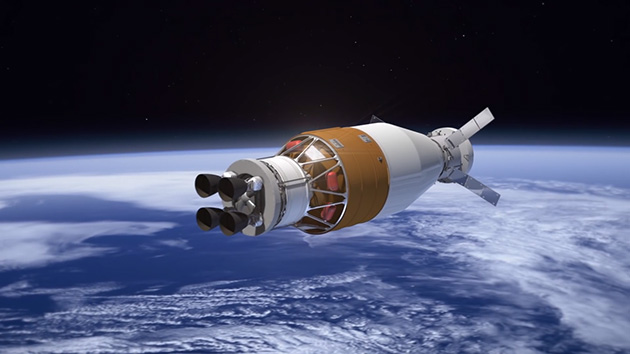 The Exploration Upper Stage will replace the Interim Cryogenic Propulsion Stage on the Block 1B configuration of the Space Launch System rocket. Boeing illustration
The Exploration Upper Stage will replace the Interim Cryogenic Propulsion Stage on the Block 1B configuration of the Space Launch System rocket. Boeing illustration
The Exploration Upper Stage is a fully human-rated stage that provides 97,000 pounds (44 tons) of thrust during translunar injection to send crew and co-manifested cargo, or large cargo shipments to deep space. For comparison, its predecessor, the Interim Cryogenic Propulsion System, or ICPS, which powered the Artemis I launch in November, provides 25,000 pounds (11.3 tons) of thrust. This added boost in thrust allows for 40% more payload to be sent to the moon and beyond compared to the previous configuration – not to mention supports scientific discovery missions to the outer planets of the solar system.
The opening of the EUS Gray Box Area underscores Boeing’s commitment to the state of Louisiana and the Gulf South region. In December 2022, Boeing and NASA announced the shift of some of the core stage assembly work from the Michoud Assembly Facility, or MAF, to Kennedy Space Center in Florida. Beginning with Core Stage 3, this change will provide significant cost and schedule improvements by supporting one-year build requirements. As part of this shift, Boeing implemented its growth strategy for both locations – optimizing integration and testing in the Vertical Assembly Building at Kennedy Space Center and initiating the manufacturing life of EUS production at Michoud.
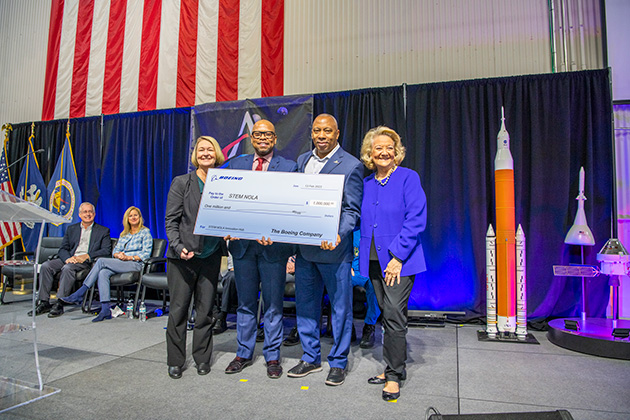 Boeing announced a $1 million investment in STEM NOLA to support the construction of the organization's state-of-the-art STEM Innovation Hub. This investment will further their mission to make STEM education more accessible to under-resourced communities. Boeing/Liz Morrell photo
Boeing announced a $1 million investment in STEM NOLA to support the construction of the organization's state-of-the-art STEM Innovation Hub. This investment will further their mission to make STEM education more accessible to under-resourced communities. Boeing/Liz Morrell photo
“Operations at MAF are going extremely well – and have been for some time. We learned a lot about how to assemble the vehicle across Core Stage 1 production, and we are implementing those lessons across Core Stage 2 and beyond.” said John Shannon, Mission Area Vice President for Boeing Exploration Systems.
By Megan Gessner
